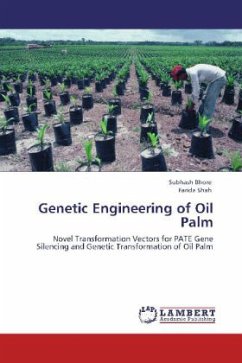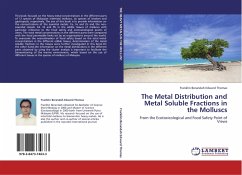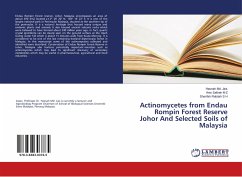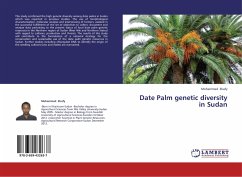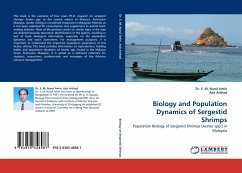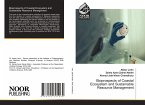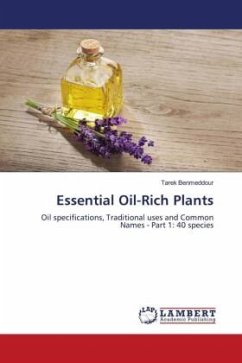In the world market, oil palm is the 2nd largest source of vegetable oils and fats. One of the ways to enhance nutritional value of palm oil is to maximize oleic acid and minimize the palmitate (palmitic acid) content in it. This can be achieved by down-regulating PATE gene expression in fatty-acid biosynthesis pathway. This book contains 5 chapters spanning around 300 pages. The book describes various strategies used in constructing novel transformation vectors (using constitutive and tissue-specific promoter) with intron-spliced inverted repeats and inverted repeats along with the antisense PATE constructs. Book also highlights the strength and weakness of the constructs, and transformation of oil palm immature zygotic embryos. This book provides several practical tips to construct novel transformation vectors using primary cloning vector, pHANNIBAL, and binary cloning vector, pCAMBIA 1301. Book is written in a simple and lucid language; hence, it will be very useful to both postgraduate and undergraduate students of molecular biology, genetics, systems biology and biotechnology. In addition, book will be useful to academicians as well as researchers and young scientists.
Bitte wählen Sie Ihr Anliegen aus.
Rechnungen
Retourenschein anfordern
Bestellstatus
Storno

